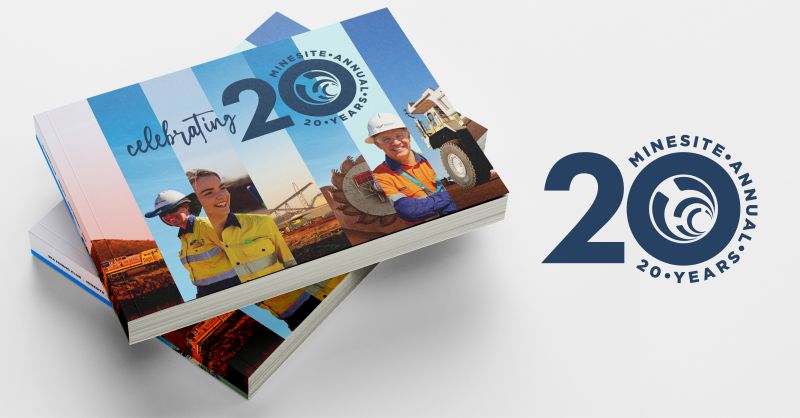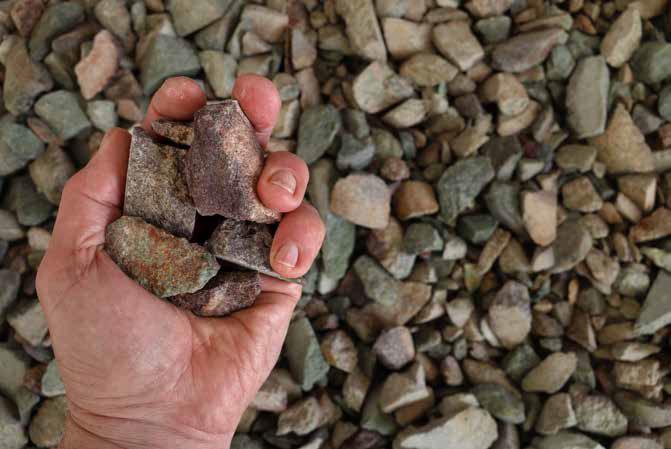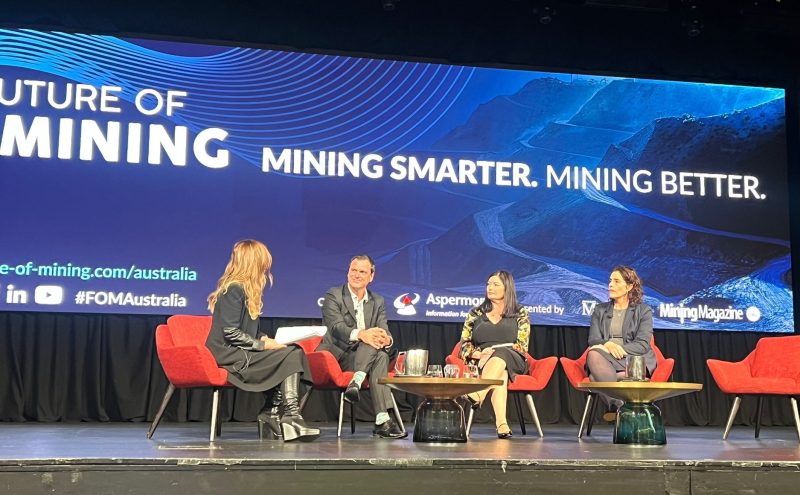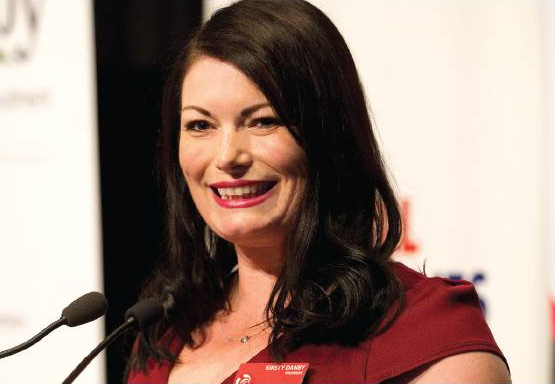Without a doubt, those companies which go beyond the basic ESG requirements are standing out and ultimately will see satisfied shareholders and investors, and a happier general public, including wooing a strong, future workforce. This is where solid Social Investment practises are needed, underpinned by support from leadership teams and Boards.
Once seen as a bit of an add-on; the fluffy, ‘makes us feel good’ stuff on the side, Social Investment, also known as Community Investment, Social/Community Partnerships and other variations, is being taken very seriously by Australia’s leading resource companies.
Where once Social Investment was a minor part of annual reporting, now chief executives are taking the lead, often outlining initiatives in separate stakeholder and investor briefings.
Gone are the days where a resource company could pull out a Social Investment partnership agreement, wave buckets of money under the noses of a green group, or in fact any other charity organisations, and get their name splashed across all the signage. Social Investment budgets are being increased, discussions around real outcomes fixing real problems are taking place, and not-for-profits are getting smarter and pickier about who they choose to ‘partner’ with. Those companies that are yet to make the change can expect to feel the pressure of expectation to comply.
Social investment – building trust
Many company Social Investment portfolios consist of a number of focus areas or pillars. In the resources sector these tend to include support for environmental projects, working with Traditional Custodians and First Nations’ people, educating future generations, especially in the STEM space, and health and wellbeing; albeit this has received massive funding boosts during the COVID pandemic. Add to these the current debates around diversity, particularly women in the workforce and LGBTQ workers, and you will see there are so many areas in the Social Investment arena which need to be considered if a company wants to be seen as current, trustworthy and a place where people want to work.
Getting it right requires support from the top down and recognition that this space is vital to a company’s success. It needs some solid thinking behind it, great policies to underpin it and genuine buy-in that goes well beyond compliance. It’s not just an add-on anymore and the companies which take it seriously will be the companies of the future.
It’s not easy being green
Social investment in environmental projects which goes beyond compliance is an area getting more and more attention.
The green movement has been making noise for a long time, but some would say it started getting loud in late 2018 when a 14-year-old Swedish student stood outside her Parliament with a single sign that read ‘Skolstrejk för klimatet’ or ‘School strike for climate’. Within six months of this event, more than one million strikers gathered across 125 countries to demonstrate; demanding action to prevent climate change and for the ‘fossil fuel’ industry to transition to renewables.
As school students around the world, including Australia, gathered momentum through 2019, resource companies reviewed their commitments and the way they crafted their ‘green narratives’. What was looking like a tsunami of green sentiment suddenly hit a big brick wall in the form of COVID-19. Where one day children could skip school and gather in protest, the next they were locked down in their homes being home schooled by weary parents.
It’s important not to underestimate the power of school kids, or at the very least, recognise that putting a long-term hat on, they are the future employees and they are paying attention.
Bottom line impact
Pulling things back to the immediate future, banks and investors are currently holding the resources sector accountable and demanding genuine decarbonisation agendas. In its 2021 report, Deloitte Insights: Tracking the trends 2021 – closing the trust deficit, ESG, ‘getting serious about decarbonisation’ was the number 3 Trend.
“However, eliminating outputs, or even transitioning to a lower carbon footprint, is easier said than done,” the report said. “With each passing year, pension funds, institutional investors, and the ESG investment community demand more specifics about how companies plan to move from strategy to execution. Providing these specifics has become paramount amid a mounting demand for action. Beyond conducting climate-related stress testing, some banks are divesting holdings or refusing to invest further in companies that fail to meet their ESG commitments.”
In EY’s Top 10 business risks and opportunities for mining and metals report released last September, decarbonisation and the green agenda had gone from not making the top 10 in 2020 to number 4 in 2021.
From a timing point of view, the gift COVID has given the resources sector is a chance to take stock while the world has had bigger fish to fry. Many have risen to the challenge, reviewing their climate commitments and genuinely looking at accelerating decarbonisation but few are playing on the space beyond actual compliance.
Greenwashing
Despite the work which has been taking place behind closed doors, what has been lacking is the way the story is being told to stakeholders and the general public. A disheartened, tired and beaten down human population which has too much time on its hands and is very cranky, has moved away from ‘rainbow washing’ and narrowed it down to one word out of the ROYGBIV – ‘greenwashing’. Not a new term, greenwashing was first coined in 1986 and is being taken very seriously by all parts of the market including the Government.
The Australian Securities and Investments Commission (ASIC) recently undertook a review into greenwashing with Commissioner Cathie Armour stating the following in the AICD Company Director magazine:
“There is increasing demand for environmentally friendly, sustainable or ethical investment options from investors in Australia, particularly those belonging to a younger demographic…To meet this demand, managed funds and superannuation funds are responding by offering investment products focused on environmental, social and corporate governance (ESG) considerations. ASIC is currently conducting a review to establish whether the practices of funds that offer these products align with their promotion of these products; in other words, whether the financial product or investment strategy is as “green” or ESG-focused as claimed. The potential for funds to overrepresent the extent to which their practices are environmentally friendly, sustainable or ethical is referred to in the market as “greenwashing”…we encourage boards to look out for any greenwashing – and to ask whether their company’s disclosure around environmental risks and opportunities or their fund’s promotion of ESG-focused investment products accurately reflects their practices in this area.”
Developing genuine green narratives
Greenwashing is a genuine risk for companies, so narratives need to be based on real action and truths. The expectation around this goes well beyond compliance and into actions driven not by legislation and legal agreements, but into the space dictated by choice and choosing to go above and beyond.
Nowadays, risk audits and lengthy due diligence are undertaken to ensure values align and the partnership is a good ‘fit’ for both organisations. Particularly in the environment space, discussions need to be underpinned by science and what the environmentalists are doing on the ground, not by what sounds like a bloody good yarn.
What we are seeing is a coming of age of both parties. The resource companies are recognising that although they’re not flogging alcohol, tobacco or guns; ethics, reputation and values are front of mind for people and can no longer be relegated to words on pages in books gathering dust on shelves.








